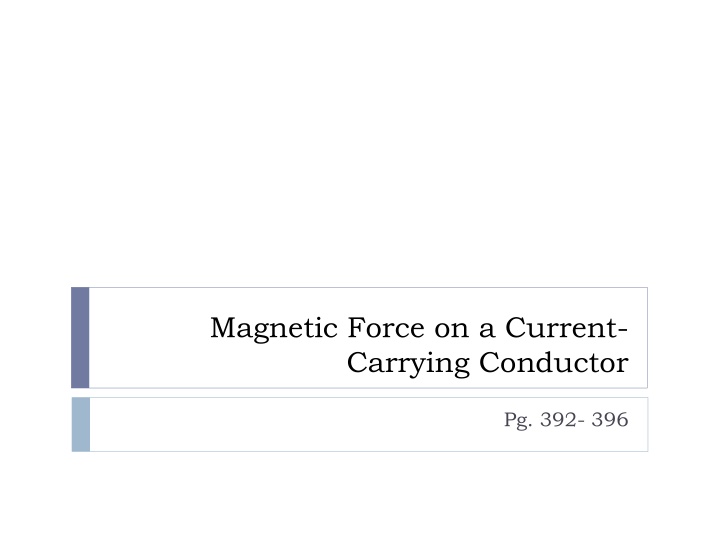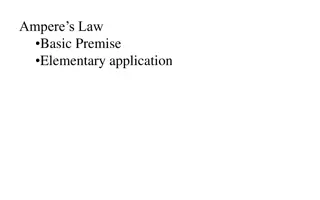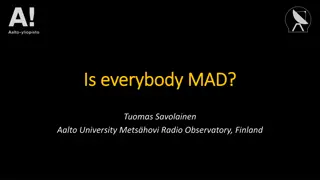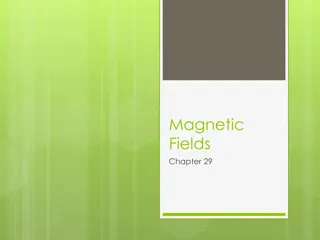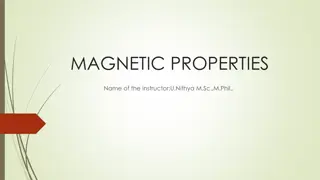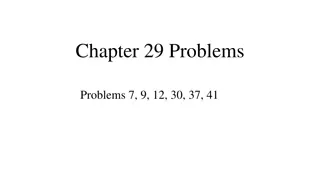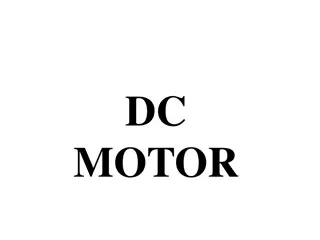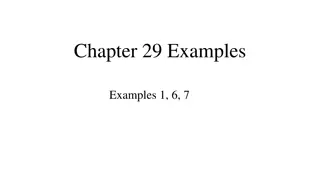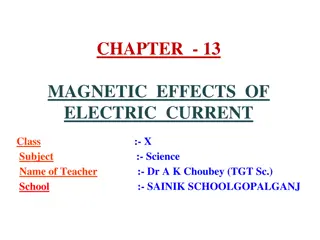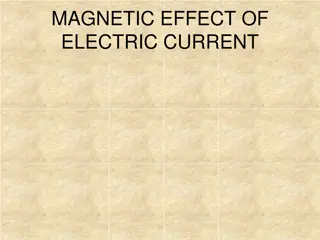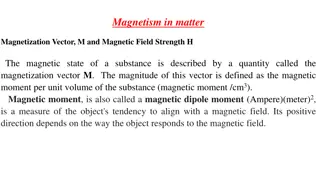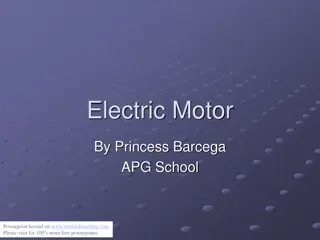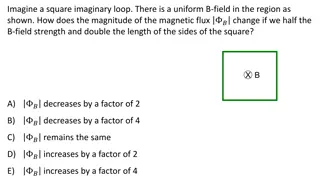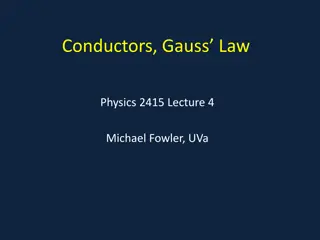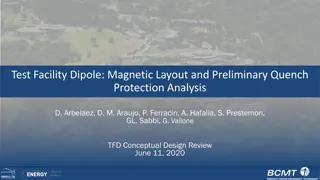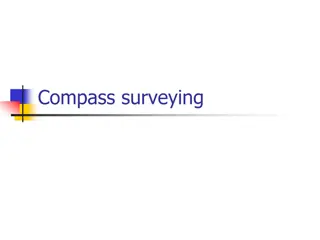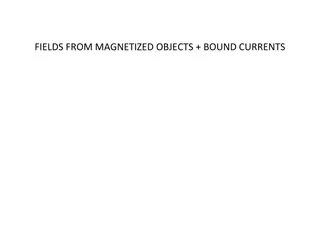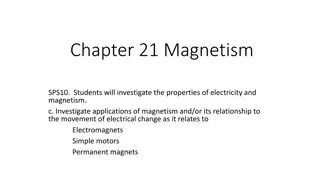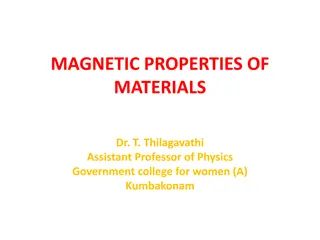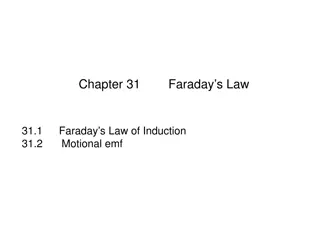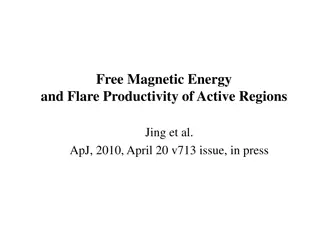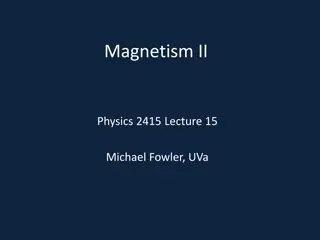Magnetic Force on a Current- Carrying Conductor
Delve into the interaction between current-carrying conductors and magnetic fields. Understand how to calculate magnetic forces on wires and explore practical applications in devices like loudspeakers.
Download Presentation

Please find below an Image/Link to download the presentation.
The content on the website is provided AS IS for your information and personal use only. It may not be sold, licensed, or shared on other websites without obtaining consent from the author.If you encounter any issues during the download, it is possible that the publisher has removed the file from their server.
You are allowed to download the files provided on this website for personal or commercial use, subject to the condition that they are used lawfully. All files are the property of their respective owners.
The content on the website is provided AS IS for your information and personal use only. It may not be sold, licensed, or shared on other websites without obtaining consent from the author.
E N D
Presentation Transcript
Magnetic Force on a Current- Carrying Conductor Pg. 392- 396
A Current-Carrying Conductor in a Magnetic Field The magnetic field experienced by a charged particle moving freely through a perpendicular magnetic field can be compared to the force exerted on a current-carrying conductor that is also perpendicular to the magnetic field In this case, the net force on a conductor of length L will be the total of the individual forces acting on each charge
A Current-Carrying Conductor in a Magnetic Field As before, the right-hand rule you used for a charge moving in a magnetic field can be used to determine the direction of the magnetic force on a current-carrying conductor The only difference is that the direction of the current replaces the direction of v for a moving charge
Magnetic Force on a Current Carrying Conductor (FM)
Practice 1. A piece of wire 45.2 cm long has a current of 12 A. The wire moves through a uniform magnetic field with a strength of 0.30 T. Calculate the magnitude of the magnetic force on the wire when the angle between the magnetic field and the wire is 0, 45 and 90 degrees.
Practice 2. Two electrical poles support a current-carrying wire. The mass of the 2.5 m segment of wire is 0.44 kg. A 15 A current travels through the wire. The conventional current is oriented due east, horizontal to Earth s surface. The strength of Earth s magnetic field at the location is 57 T and is oriented due north, horizontal to Earth s surface. A) determine the magnitude and the direction of the magnetic force on the 2.5 m segment of wire. B) calculate the gravitational force on 2.5 m segment of wire.
Applications of. - Loudspeakers The wire coil inside the speaker is part of an electromagnet Electrical signals corresponding to sounds produce a changing current in the coil which produces a changing magnetic field around the coil The permanent magnet also had a magnetic field which exerts a force on the current-carrying wire Variations in the current produce variations in the force on the wires in the coil The coil moves back and forth in response, causing the cone to vibrate, pushing sound waves through the air to your ears
Applications of - Electromagnetic Pumps Electromagnetic pumps to move fluids in kidneys and artificial hearts Traditional mechanical pumps can cause damage to blood cells The use of magnetic fields eliminatees this problem Scientists are able to keep the blood flowing to the heart during kidney dialysis by creating a magnetic field over tubes of blood containing an electric current A magnetic force acting on the charged particles keeps the blood in motion Textbook pg 396, #3.4 & Practice Quiz #3
